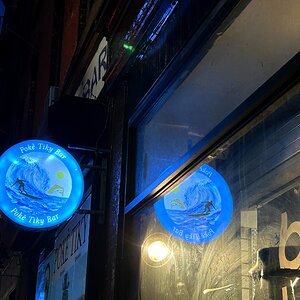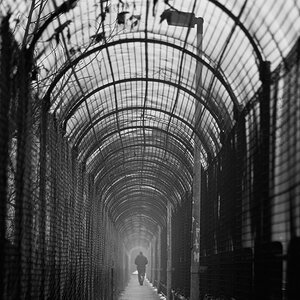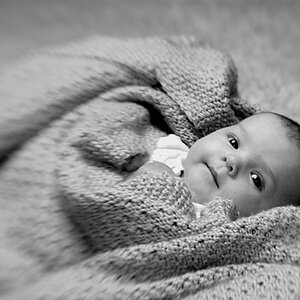smackitsakic
TPF Noob!
- Joined
- Mar 21, 2010
- Messages
- 246
- Reaction score
- 8
- Location
- Saskatchewan
- Can others edit my Photos
- Photos OK to edit
Hi folks!
This weekend I picked up the book 'Understanding Exposure' by Donald Peterson at the suggestion of some of the posters on here.
So far, GREAT book!
As I was reading it last night I was on the section about storytelling apertures. I think it's around page 35. It speaks to using an exposure where everything is sharply in focus by pre-setting your depth of field.
I read this about 5 times and can't seem to grasp the concept of what Peterson is trying to tell the readers. Can anybody please try to explain to me what Peterson is trying to explain to me? How is it possible to pre-set the depth of field to get sharply focused images?
Also, my camera is a Canon and has a depth of field preview button...how does this relate to pre-selecting a depth of field?
Any help to this new photographer would be great!
Thanks.
This weekend I picked up the book 'Understanding Exposure' by Donald Peterson at the suggestion of some of the posters on here.
So far, GREAT book!
As I was reading it last night I was on the section about storytelling apertures. I think it's around page 35. It speaks to using an exposure where everything is sharply in focus by pre-setting your depth of field.
I read this about 5 times and can't seem to grasp the concept of what Peterson is trying to tell the readers. Can anybody please try to explain to me what Peterson is trying to explain to me? How is it possible to pre-set the depth of field to get sharply focused images?
Also, my camera is a Canon and has a depth of field preview button...how does this relate to pre-selecting a depth of field?
Any help to this new photographer would be great!
Thanks.




![[No title]](/data/xfmg/thumbnail/34/34126-2956b6786a44f993f9aad43e097be84c.jpg?1619736297)
![[No title]](/data/xfmg/thumbnail/35/35953-1a8b92df0115ff7026f31b78855ac815.jpg?1619737264)
![[No title]](/data/xfmg/thumbnail/42/42057-1509913128bb1db2bc11235c05832fd4.jpg?1619739993)

![[No title]](/data/xfmg/thumbnail/35/35952-55c8d42ec1c6ff0e13b45356cbf9c068.jpg?1619737263)




![[No title]](/data/xfmg/thumbnail/35/35956-7047189d31e1c1f6029266079390f54a.jpg?1619737269)